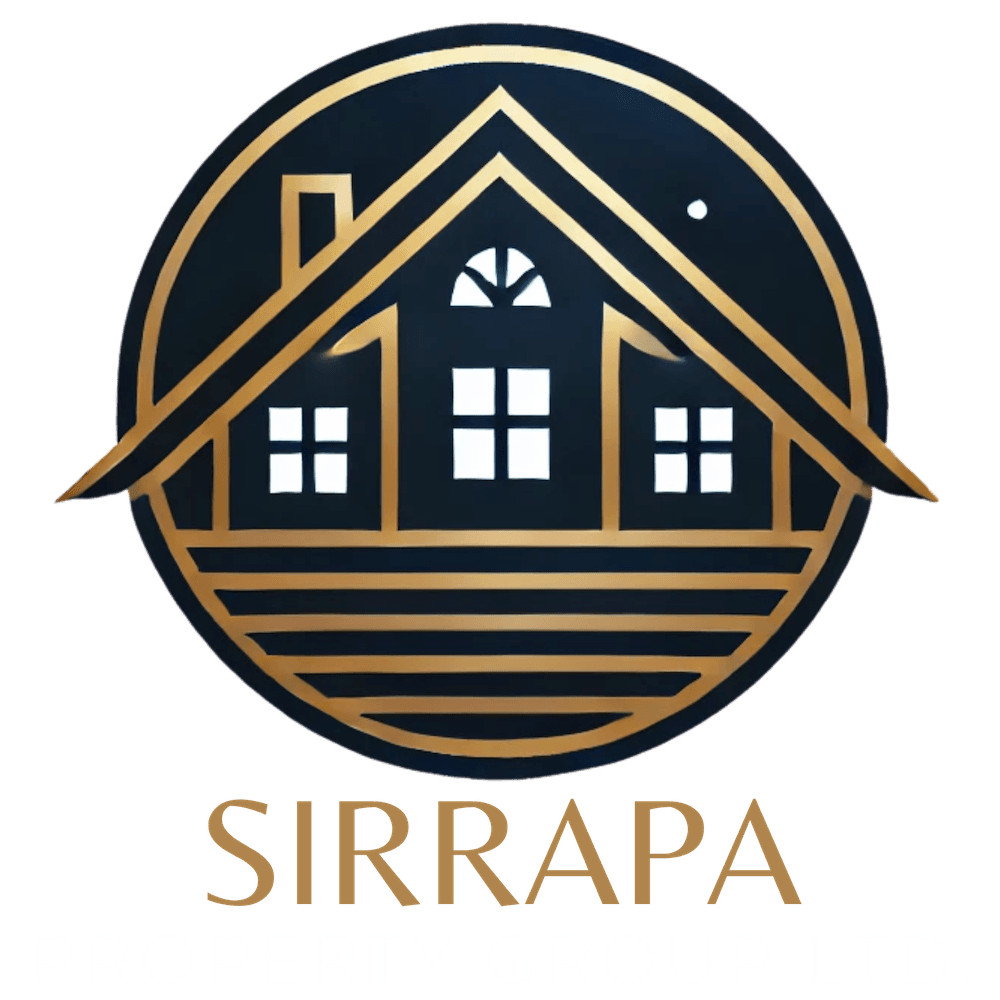Maximizing Cashflow with Mixed-Use Buildings: A Guide for Investors
Understanding Mixed-Use Buildings
Mixed-use buildings have become a popular investment choice for those looking to diversify their portfolios and maximize cash flow. These properties typically combine residential, commercial, and sometimes industrial spaces within a single structure. The variety of uses not only provides a steady stream of income but also enhances property value through dynamic urban development.
Investing in mixed-use buildings can be particularly appealing in urban areas where space is at a premium. The ability to house multiple tenants under one roof can lead to increased profitability and reduced vacancy rates. Moreover, the synergy between different types of tenants can create a vibrant community atmosphere, attracting more businesses and residents.

Benefits of Mixed-Use Buildings
One of the primary benefits of mixed-use buildings is their potential for high occupancy rates. With a diverse range of tenants, these properties are less susceptible to economic downturns. If one sector experiences a lull, other sectors may compensate with consistent demand.
Additionally, mixed-use buildings often qualify for tax incentives and grants, especially if they contribute to urban renewal projects. These financial benefits can significantly enhance the return on investment for property owners.
Enhanced Community Engagement
Mixed-use buildings tend to foster a sense of community by integrating different aspects of daily life. Residents enjoy the convenience of having shops, offices, and entertainment venues just steps away from their homes. This integration not only enhances the quality of life but also attracts a wider range of tenants.

Strategies for Maximizing Cashflow
To maximize cash flow from mixed-use buildings, it is crucial to maintain a balanced tenant mix. This involves strategically selecting tenants that complement each other and meet the needs of the community. For instance, pairing a coffee shop with an office space can drive foot traffic and increase business for both tenants.
Another effective strategy is to regularly review rental agreements and adjust rates based on market trends. Staying competitive with rental pricing ensures that your property remains attractive to prospective tenants while optimizing revenue.
Leveraging Technology
Utilizing technology can streamline property management and enhance tenant satisfaction. Digital platforms can facilitate communication between landlords and tenants, manage maintenance requests efficiently, and provide data analytics to inform decision-making processes.
- Implement smart building systems for energy efficiency.
- Use online portals for rent collection and maintenance requests.
- Analyze tenant behavior data to optimize space usage.

Challenges and Considerations
While mixed-use buildings offer numerous advantages, they also come with unique challenges. Managing multiple tenant types requires thorough understanding and expertise in various sectors. Additionally, zoning regulations can impact the development and operation of these properties.
Investors should conduct comprehensive market research and feasibility studies before embarking on mixed-use projects. Consulting with urban planners and real estate experts can provide valuable insights into potential challenges and solutions.
In conclusion, mixed-use buildings present a lucrative opportunity for investors seeking to diversify their portfolios and maximize cash flow. By understanding the benefits, employing strategic management techniques, and addressing potential challenges, investors can effectively capitalize on this growing trend in real estate development.
